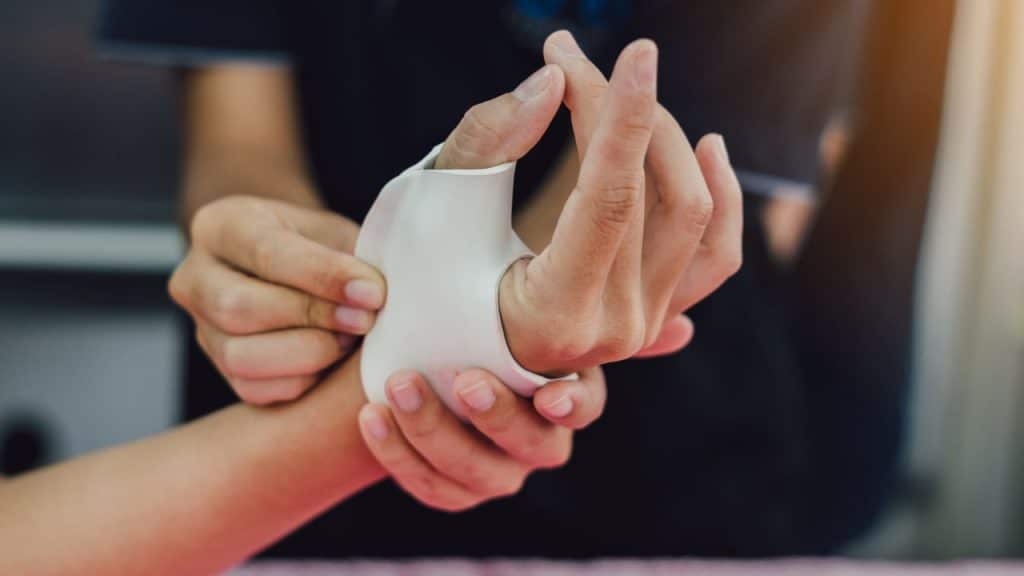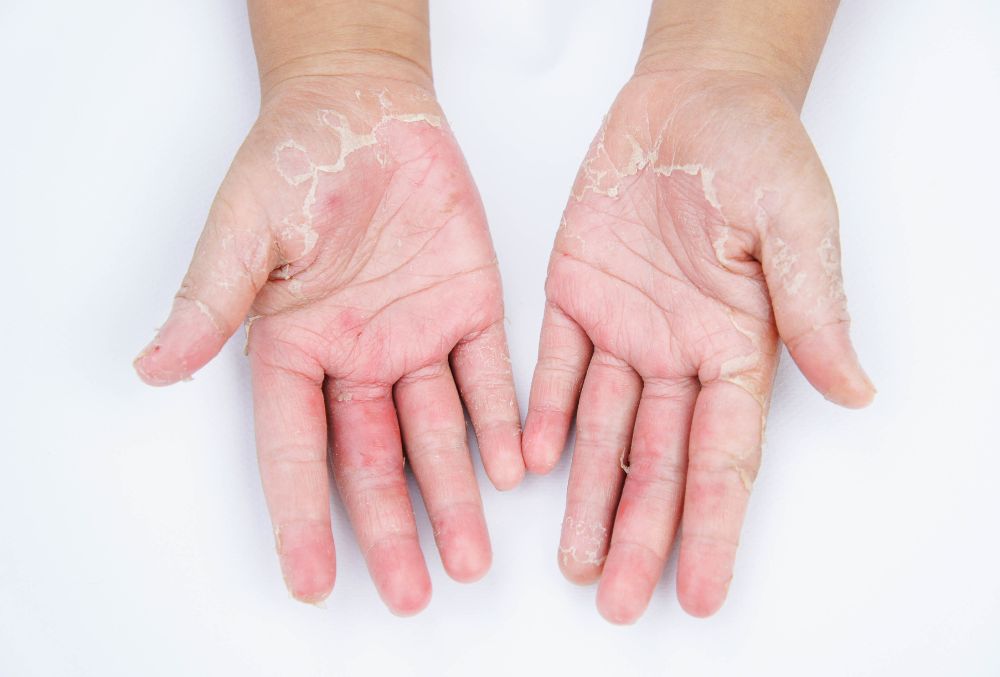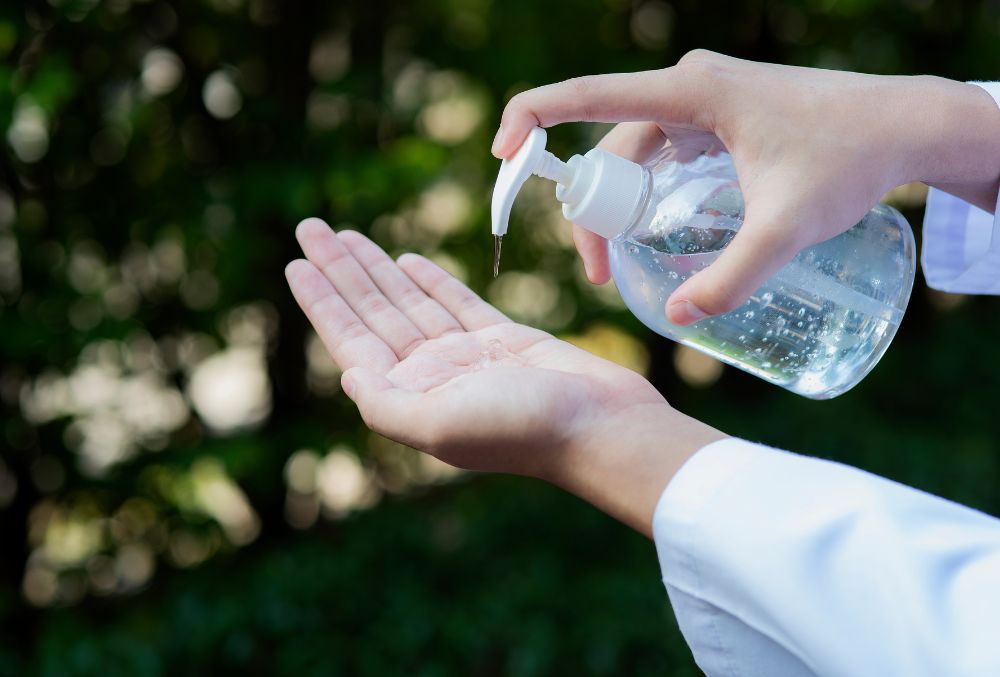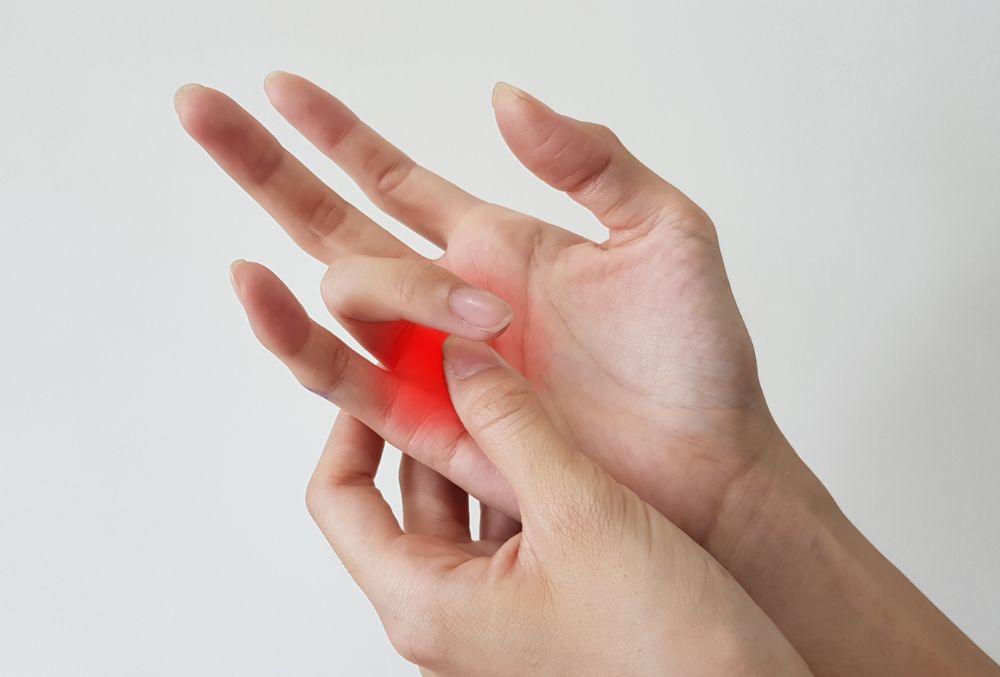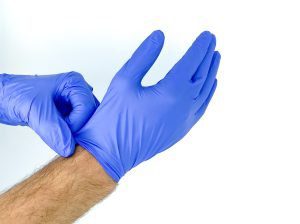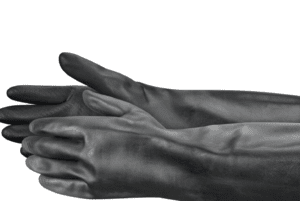Understanding Hand Injuries: Signs, Causes, and Necessary Actions
Table of Contents:
What are hand injuries?
Signs of a hand injury?
When to seek medical attention for your hand injury?
What causes a hand injury?
What are the top 5 most commony hand injury?
- Fracture
- Sprain
- Dislocation
- Tendon injury
- Carpal tunnel syndrome
Our hands, integral to daily life, are susceptible to various injuries that can impair their function and affect our routines. Recognizing the signs of a hand injury, understanding when to seek medical attention, and identifying common causes can significantly impact recovery and prevent long-term complications.
What are Hand Injuries?
Hand injuries encompass a wide array of afflictions, including fractures, sprains, dislocations, tendon injuries, and conditions like carpal tunnel syndrome. These injuries affect the bones, ligaments, tendons, and nerves within the hand, impacting mobility, strength, and dexterity.

Signs of a Hand Injury
Identifying a hand injury involves noticing symptoms such as but not limited to the following
- severe pain,
- Swelling,
- Bruising,
- difficulty moving the hand or fingers,
- deformity, or
- an inability to grasp or hold objects
- Any loss of sensation or tingling in the hand or fingers should also raise concern.
When to Seek Medical Attention?
Determining if a hand injury needs professional medical treatment depends on its severity. Seek immediate medical attention if there’s severe pain, obvious deformity, or an inability to move the hand or fingers. Moreover, if the injury results from a high-impact incident or if there’s persistent pain and swelling, consulting a doctor is crucial to ensure proper diagnosis and treatment.
Causes of Hand Injuries
Hand injuries often result from accidents, sports-related incidents, falls, repetitive motions, or sudden trauma. Fractures commonly occur due to falls or direct impacts, while sprains and dislocations often stem from twisting motions or forceful impacts. Tendon injuries can develop from repetitive activities or sudden overuse, and carpal tunnel syndrome often arises from prolonged or repetitive movements involving the wrist.
What are the Top 5 Most Common Hand Injuries?
Fracture. One of the most frequent hand injuries is a fracture, which is the breaking of a hand bone. These can be the fingers, wrist, or small, delicate bones like the scaphoid. These fractures affect not only the bones themselves but also the surrounding tissues and joints. They can range in severity from tiny cracks to full breaks.
Depending on where and how severe they are, fractures fall within the category of common hand injuries. Based on the particular nature and location of the fracture, knowing these differences helps to guide treatment techniques, set reasonable expectations for patients, and customize rehabilitation programs to promote optimal healing and functional restoration.
Splinting is an important tool for effective immobilization, particularly in cases of pediatric hand fractures. using specific splinting techniques for fractures in children’s hands
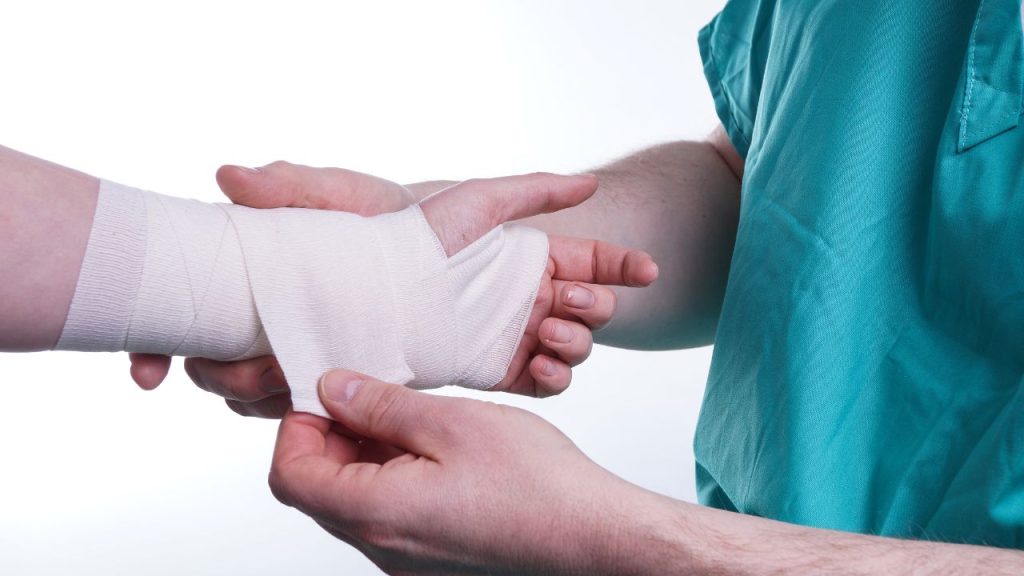
Sprains, on the other hand, have an impact on the hand’s ligaments. The strong, fibrous fibers called ligaments attach bones to one another and give joints stability. A sprain occurs when these ligaments are strained or ruptured as a result of an abrupt force or tension delivered to the hand, impairing the stability and functionality of the joints.
Because they are common in both athletes and non-athletes, thumb sprains need to be understood in a more complex way in order to fully affect both populations. Research comparing thumb sprains in athletes to non-athletes provides important information about variations in injury severity, recovery times, and functional restrictions. Athletes may sustain more severe thumb sprains as a result of their intense training and high-demand sports; hence, specialized rehabilitation regimens are required to speed up healing and
Dislocations occur when bones in the hand are moved out of their natural places. This frequently results from a violent twisting or abrupt impact on the joint, which causes significant discomfort, instability, and limited range of motion.
In order to restore stability and function, treatment for thumb dislocations in sports-related hand injuries requires specialist techniques. These injuries, which are frequently sustained during sporting events, call for specialized care techniques that emphasize realigning the thumb joint and encouraging healing. Incorporating efficacious treatment techniques, such as immobilization or splinting, in conjunction with focused rehabilitation exercises expedites the healing process and permits a prompt return to athletic pursuits while reducing the likelihood of chronic problems.
Determining the frequency and potential risk factors of wrist dislocations requires an understanding of their incidence across age groups.
Tendons are fibrous structures that connect muscles to bones. Tendon injuries impact these tissues. These tendons may get damaged or torn due to repetitive strain or unexpected impact, which can impair hand dexterity, grip strength, and flexibility.
Among the several types of common hand injuries are tendon injuries, which present a variety of challenges and require specialized care. Studies that compare injuries to the flexor and extensor tendon in hand trauma provide insight into the unique difficulties that each type poses for healing, functional recovery, and rehabilitation.Understanding the differences between these injuries helps clinicians design specialized treatment plans and ensure appropriate surgery or rehabilitation techniques based on the specific tendon injured. This helps patients with tendon damage heal more quickly and perform better with their hands
Treatment for ruptured hand tendons must include the use of optimal surgical procedures. To restore tendon integrity and function, specialized surgical techniques that are customized for the site and degree of the tendon rupture are essential. Post-injury rehabilitation activities that focus on recovering finger mobility are also highly important in the healing process.
The goal of these exercises is to decrease stiffness and restore functional use of the hand following a tendon injury by progressively increasing the finger’s strength, flexibility, and dexterity. For those dealing with hand tendon injuries, implementing such rehabilitation techniques can help maximize recovery outcomes and improve overall quality of life.

Finally, disorders such as carpal tunnel syndrome affect the hand’s nerves. Compression of the median nerve in the wrist causes this syndrome, which affects a variety of daily activities and manifests as hand and finger numbness, tingling, and weakness.
By using ergonomic strategies targeted at decreasing strain on the hands and wrists, office workers can prevent carpal tunnel syndrome. Office workers are particularly susceptible to this illness because of the extended periods of time they spend using computers or doing repetitive chores. By putting ergonomic treatments like a suitable workstation arrangement, frequent breaks, and ergonomic gadgets into practice, pressure on the median nerve can be greatly reduced, which lowers the chance of developing carpal tunnel syndrome and promotes a healthier work environment.
Determining the prevalence and potential risk factors of carpal tunnel syndrome requires an understanding of its incidence across a range of age groups. Comparative research illuminates differences in demographics, causative variables, and potential age-specific preventive interventions. These findings help to improve awareness and management procedures for carpal tunnel syndrome by helping to formulate focused interventions or preventive strategies. It’s also critical to assess the efficacy of non-surgical therapies for carpal tunnel syndrome in its early stages. Finding and using efficient non-invasive treatments provides people with viable options for surgical procedures while also aiding in the management of symptoms, preservation of hand function, and possible prevention of the syndrome’s progression.
In essence, hand injuries encompass a wide spectrum of afflictions, each impacting different structures within the hand and leading to varied impairments in mobility, strength, and dexterity. Understanding these injuries aids in their prevention, timely treatment, and effective rehabilitation to maintain optimal hand function and overall well-being.
